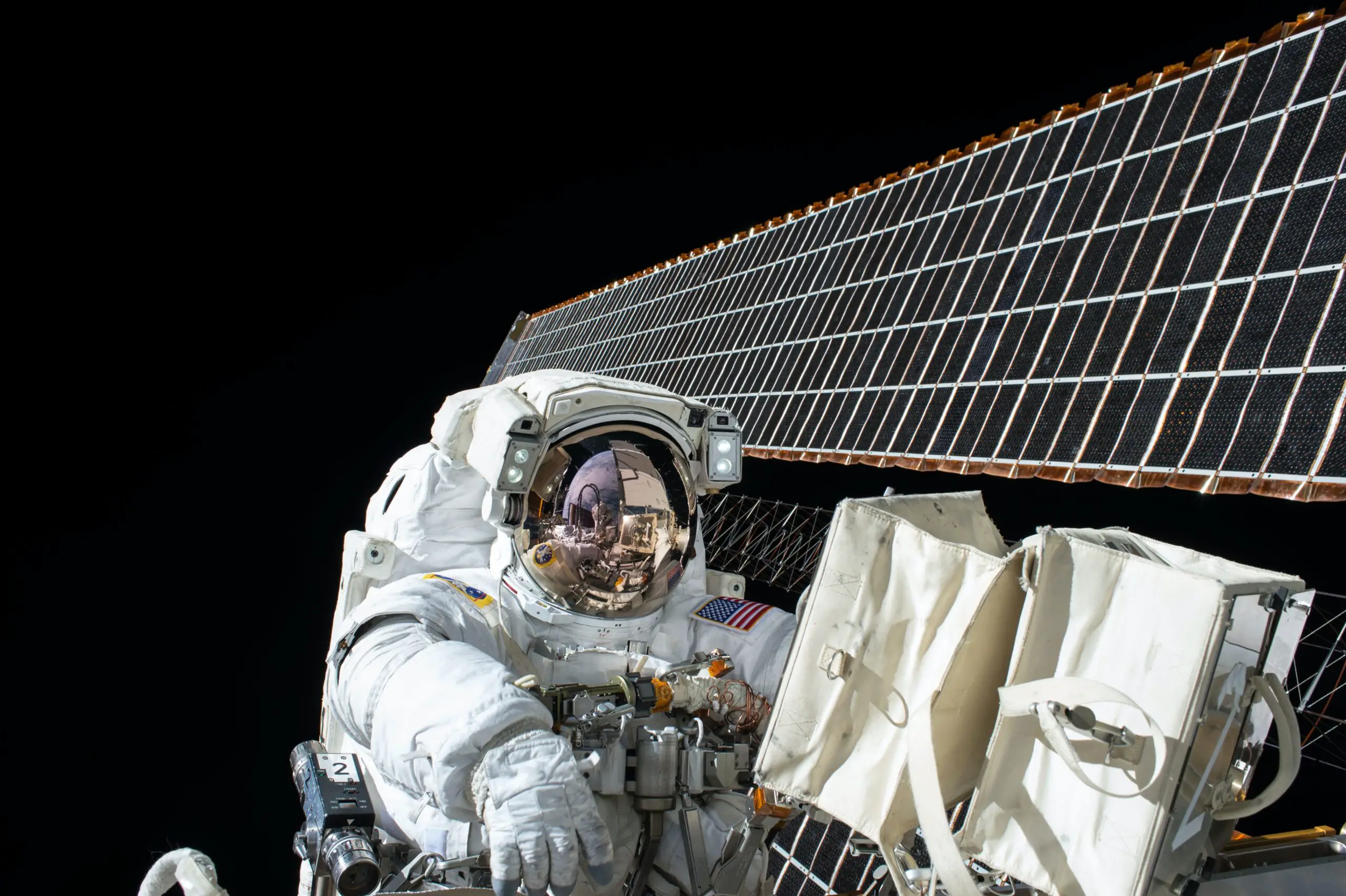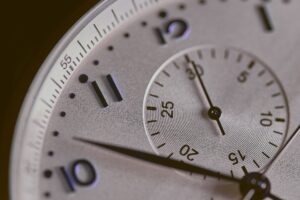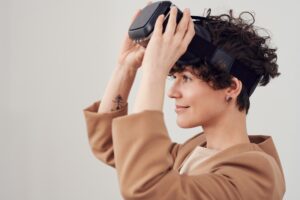Texas A&M University’s Department of Aerospace Engineering is developing multisensory virtual reality to support astronauts on extended missions.
“The multisensory aspect we are looking at is non-traditional sensory modality. So in our particular case, we are looking at olfaction. So incorporating the sense of smell into VR,” said Renee Abbott, a doctoral student in the Department of Aerospace Engineering.
The researchers have developed the VR-powered equivalent of digital scents. Digital scents are being used by Abbott and other researchers in aerospace engineering as a defense mechanism to assist astronauts psychologically when they are thousands or even millions of miles away.
Sensory deprivation is one of the main drawbacks of spaceflight, according to assistant professor of aerospace engineering Ana Diaz Artiles. The astronauts spend a very long time in a tiny space and are not exposed to all the sensory input we do on Earth.
This NASA-funded study will enable astronauts or users to smell their surroundings in addition to seeing and hearing them. For instance, if you strayed into a forest, you could see the trees there, hear the wind rustling through them, and smell the fresh scent of pine.
There are imperceptible hitboxes or trigger boxes in the Virtual Reality environment. These will signal the device to release the corresponding scent when the user crosses one of those or enters a trigger box.
The Olorama Scent Generator, which can release ten scents at once, is what the researchers are currently using. The company offers nearly 100 distinctive scents in all.
“My favorite one, I think the rain is one of the strongest that you can feel,” Artiles said. “There are also roses that are pretty nice. Coffee, which I really liked too.”
Follow us on Linkedin.
Read other Articles





